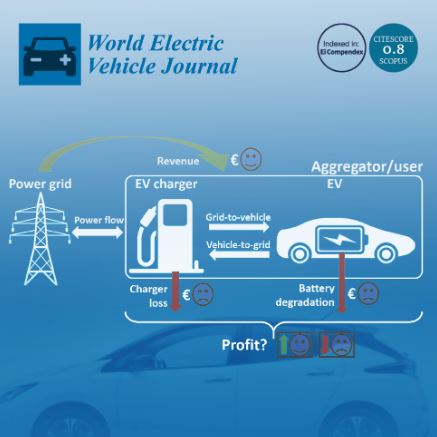
Analysis of Charging Infrastructure for Private, Battery Electric Passenger Cars: Optimizing Spatial Distribution Using a Genetic Algorithm
Publication Year: 2023
Author(s): Fadranski D, Syré AM, Grahle A, Göhlich D
Abstract:
This paper evaluates a methodology for the efficient spatial distribution of charging infrastructure by investigating a scenario with a 100% market penetration of BEVs of (around 1.3 million vehicles) in Berlin, Germany. The evaluated methodology's goal is to develop various charging infrastructure scenarios—including public and private charging—which are suitable to cover the entire charging demand. Therefore, these scenarios are investigated in detail, focusing on the number of public charging points, their spatial distributions, the available charging power, and the necessary capital costs. A placement model is developed to create these charging infrastructure scenarios. As input, it uses the data of a multi-agent transport simulation (MATSim) scenario of the metropolitan area of Berlin to evaluate and optimize different distributions of charging infrastructure. The model uses a genetic algorithm and the principle of multi-objective optimization. The capital costs of the charging points and the mean detour car drivers must undertake are used as the optimization criteria. The main advantage of the method selected is that multiple optimal solutions with different characteristics can be found, and suitable solutions can be selected by subsequently using other criteria. Besides the generated charging scenarios for Berlin, the main goal of this paper is to provide a valid methodology, which is able to use the output data of an agent-based, microscopic transport simulation of an arbitrary city or area (or even real driving data) and calculate different suitable charging infrastructure scenarios regarding the different optimization criteria. This paper shows a possible application of this method and provides suggestions to improve the significance of the results in future works. According to the results, a suitable ratio between the charging points and vehicles is between 11:1 and 5:1. A share of fast charging infrastructure (>50 kW) of less than ten percent seems to be sufficient if it is situated at the main traffic routes and highly frequented places.
Source of Publication: World Electric Vehicle Journal
Vol/Issue: 14(2), 26: 1-29p.
DOI No.: 10.3390/wevj14020026
Country: Germany
Publisher/Organisation: MDPI
Rights: Creative Commons Attribution (CC BY) license (https://creativecommons.org/licenses/by/4.0/)
URL:
https://www.mdpi.com/2032-6653/14/2/26
Theme: Charging Infrastructure | Subtheme: Public charging station
Related Documents
Research Papers/Articles
Abstract:
The main aim of this study was to identify user criteria for the allocation of fast-charging s... Read More
Research Papers/Articles
Electric Vehicles: Literature Review of Technology Costs and Carbon Emissions
Published Year: 2019
Abstract:
The paper analyzes the role of electric vehicles within a lower carbon 2020–2030 new veh... Read More
Research Papers/Articles
Power Play: How Governments Are Spurring the Electric Vehicle Industry
Published Year: 2018
Abstract:
Auto manufacturers have announced more than $150 billion in investments to achieve collective... Read More



